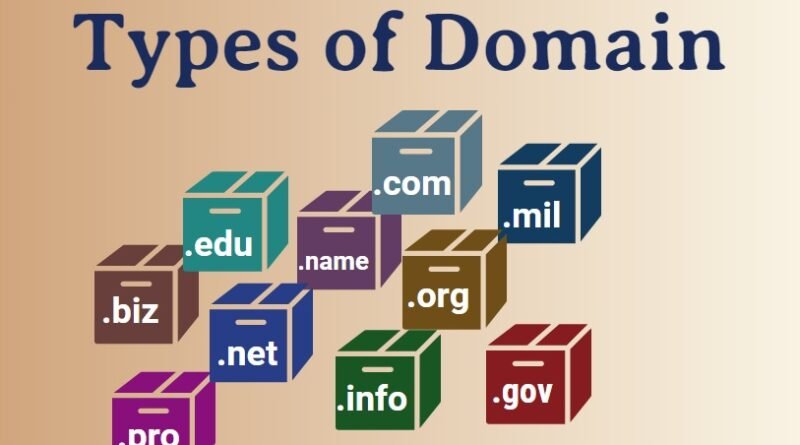The Different Types of Domain Registration and Which One to Choose
Domain registration is the process of acquiring a unique domain name for your website. It is the first step towards establishing an online presence for your business, brand, or personal website. Choosing the right type of domain registration is crucial to the success of your online venture. In this article, we will discuss the different types of domain registration and which one to choose.
1. Generic Top-Level Domains (gTLDs)
Generic top-level domains (gTLDs) are the most common type of domain registration. They are the extensions that come after the dot in the domain name, such as .com, .net, and .org. gTLDs are managed by the Internet Corporation for Assigned Names and Numbers (ICANN) and are available to anyone who wants to register them.
2. Country Code Top-Level Domains (ccTLDs)
Country code top-level domains (ccTLDs) are domain extensions that represent a specific country or region, such as .us for the United States, .uk for the United Kingdom, and .ca for Canada. These domains are managed by the individual countries and are available only to residents or businesses located in those countries.
3. New Generic Top-Level Domains (ngTLDs)
New generic top-level domains (ngTLDs) are extensions that were introduced in the past few years. They include extensions such as .app, .blog, .store, and many others. TLDs are managed by private companies and organizations, rather than by ICANN.
4. Subdomains
Subdomains are extensions of an existing domain name, such as blog.example.com or store.example.com. They are often used to create separate sections of a website or to provide different services under the same domain name.
Subdomains are essentially subdivisions of a website’s main domain, usually created to offer different services or present specialized sections of the website. They take the form of an extension of the main domain name, such as “blog.example.com” or “store.example.com”. Subdomains allow website owners to maintain their brand identity while directing users to specific content or features. They can also help with search engine optimization by providing additional opportunities for targeted keywords. Overall, subdomains offer a great deal of flexibility and customization when it comes to website design and functionality.
Which Type of Domain Registration to Choose?
Choosing the right type of domain registration depends on your specific needs and goals. If you are running a business or personal website, a gTLD is usually the best choice. It is widely recognized and trusted, and you will have a lot of options to choose from.
On the other hand, if you are looking to establish a presence in a specific geographic location, a ccTLD may be more appropriate. This type of domain extension can help boost your search engine rankings within that country or region. Ultimately, it is important to do your research and consider factors such as branding, target audience, and SEO when selecting a domain registration.
Conclusion
Domain registration is a crucial step toward establishing an online presence for your business, brand, or personal website. Choosing the right type of domain registration can have a significant impact on the success of your online venture. By understanding the different types of domain registration and their pros and cons, you can make an informed decision and choose the best option for your specific needs and goals.

